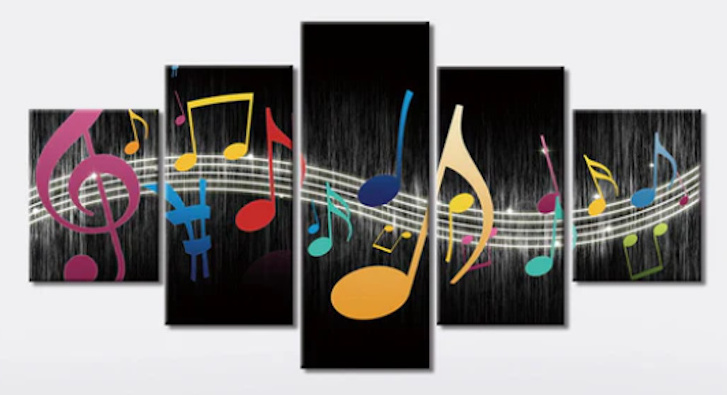
 |
|
|
|
The Evolution of Pop Music: A Journey Through Time: :Rhythm and Blues: The History of Rhythm and Blues and Its Sub-Genres: The history of R&B (Rhythm and Blues) is a fascinating evolution that traces the cultural, social, and musical transformations of Black American music. Here's a broad overview of its foundation and the various subgenres it has spawned over the decades. Foundation: 1940s-1950s (The Birth of R&B) Origins: R&B emerged in the 1940s as a blend of jazz, blues, and gospel, primarily played by African American musicians. It was initially known as "race music" before being rebranded as "Rhythm and Blues" by Billboard in 1949. Key Features: Upbeat rhythms, strong backbeats, and soulful vocal delivery. Pioneers: Louis Jordan, Big Joe Turner, Ruth Brown, Wynonie Harris, Ray Charles. Influence: R&B played a key role in the development of rock & roll, with artists like Little Richard and Chuck Berry bridging the two genres. Expansion & Influence: 1960s-1970s (Soul & Funk Era) Soul Music (1960s-1970s): A smoother, more melodic form of R&B influenced by gospel. Key Artists: Sam Cooke, Aretha Franklin, Marvin Gaye, Otis Redding. Labels: Motown (Detroit), Stax (Memphis), Atlantic (New York) played crucial roles in popularizing the genre. Funk (Late 1960s-1970s): A more rhythm-heavy, bass-driven form of R&B with influences from jazz and psychedelia. Key Artists: James Brown (father of funk), Parliament-Funkadelic, Sly & The Family Stone. Impact: Funk laid the foundation for hip-hop and later R&B subgenres. Diversification: 1980s-1990s (Contemporary R&B, New Jack Swing, Neo-Soul) Contemporary R&B (1980s-Present): Evolved with electronic instrumentation, smooth production, and a blend of soul and pop. Key Artists: Whitney Houston, Luther Vandross, Anita Baker, R. Kelly. Influence: Pop crossover appeal led to massive commercial success. New Jack Swing (Late 1980s-Early 1990s): A fusion of hip-hop beats with R&B vocals, pioneered by producers like Teddy Riley. Key Artists: Bobby Brown, Janet Jackson, Guy, Keith Sweat. Impact: Paved the way for hip-hop and R&B collaborations. Neo-Soul (1990s-2000s): A return to classic soul elements with modern influences. Key Artists: D'Angelo, Erykah Badu, Jill Scott, Lauryn Hill. Impact: Emphasized raw instrumentation and deeper lyrical content. Modern Era: 2000s-Present (Alternative R&B, Trap Soul, Global Influence) Alternative R&B (2010s-Present): Experimental and atmospheric, influenced by electronic music and indie sounds. Key Artists: Frank Ocean, The Weeknd, Jhene Aiko, FKA Twigs. Impact: Redefined the boundaries of mainstream R&B. Trap Soul (Mid-2010s-Present): A blend of trap beats with smooth, melodic R&B vocals. Key Artists: Bryson Tiller, Tory Lanez, Summer Walker. Influence: Strong connection with hip-hop culture. Afrobeats & Global Influence: African and Caribbean rhythms have blended with R&B, creating a new wave of international sounds. Key Artists: Wizkid, Burna Boy, Tems. Impact: R&B is now a global genre with regional adaptations. Conclusion From its blues and gospel roots to its influence on pop, funk, and hip-hop, R&B has remained a constantly evolving genre. Each era introduced new sounds and innovations, reflecting cultural shifts while maintaining its soulful essence. |
|
|